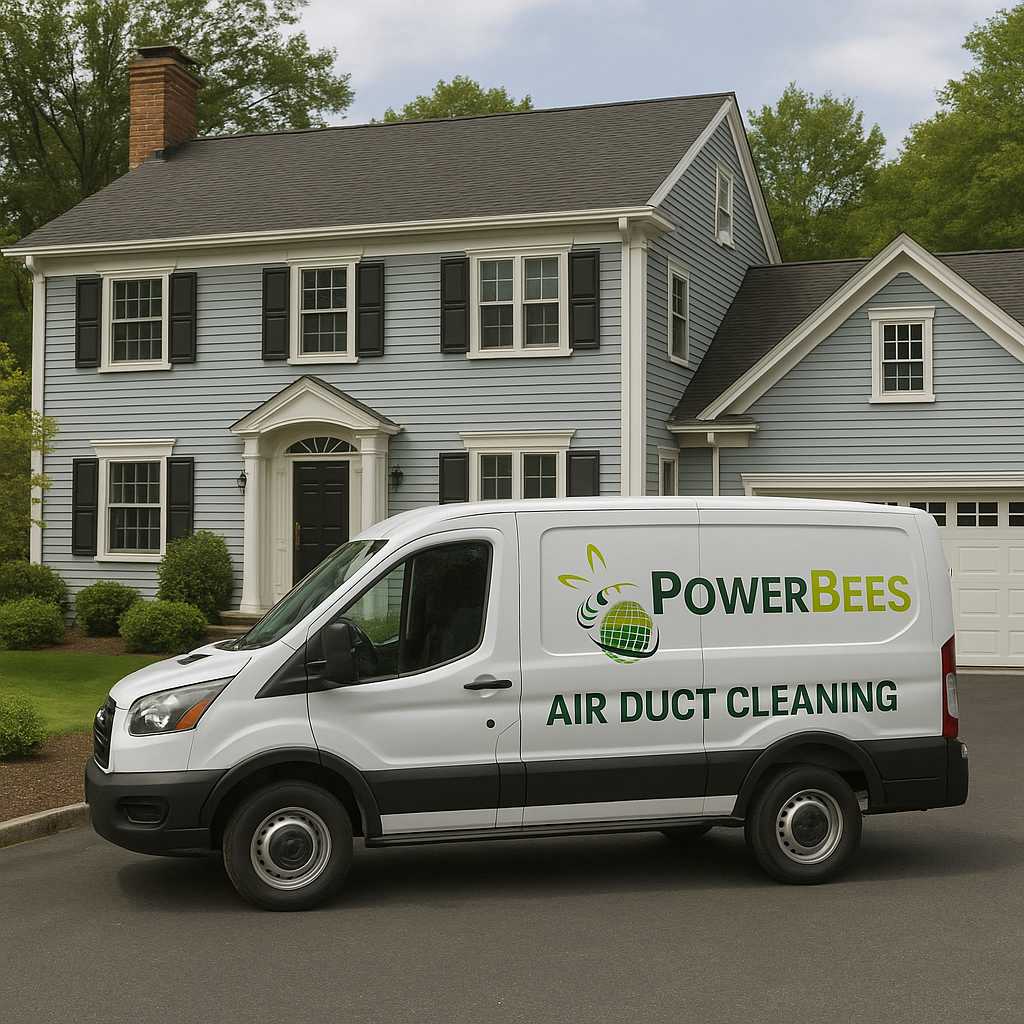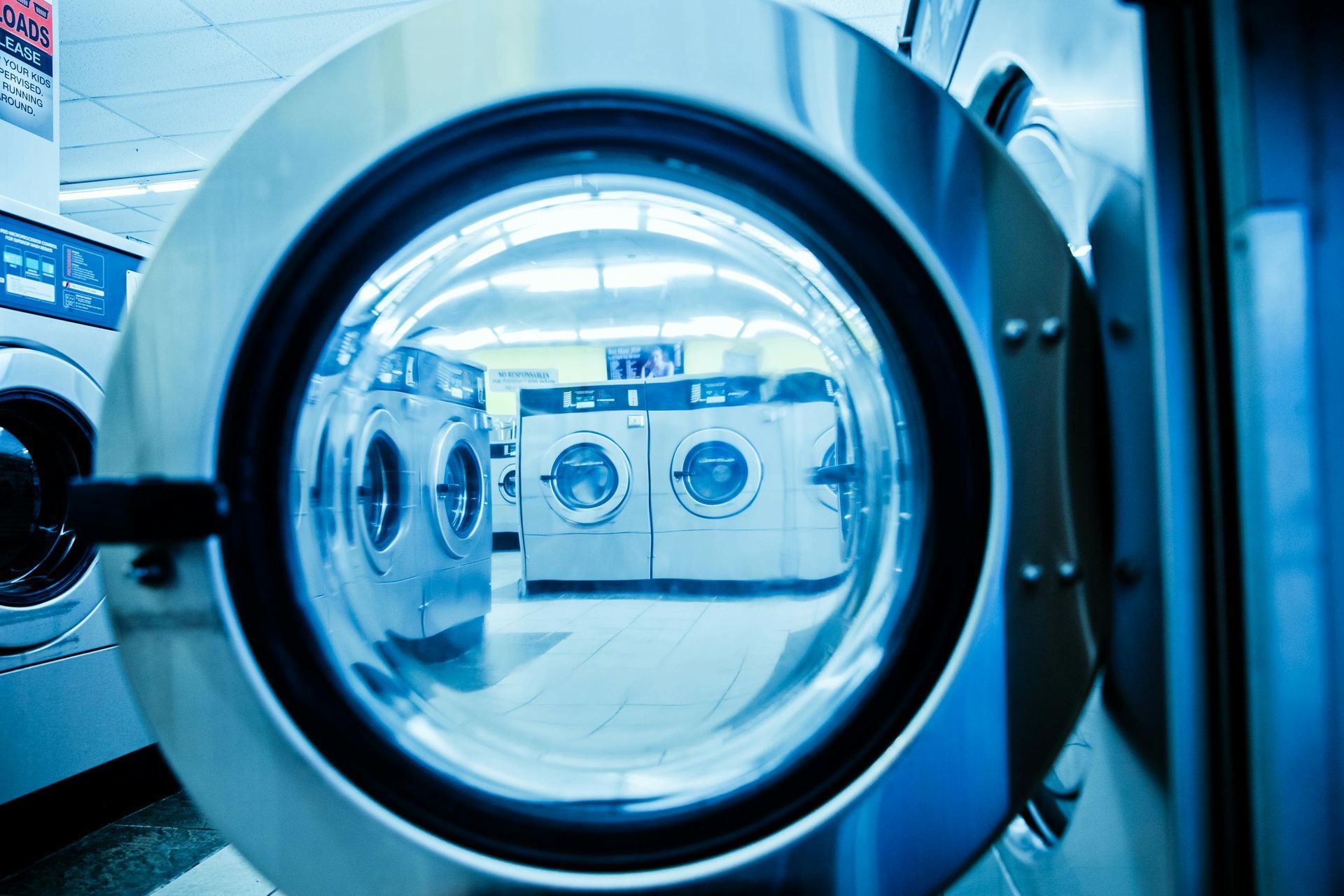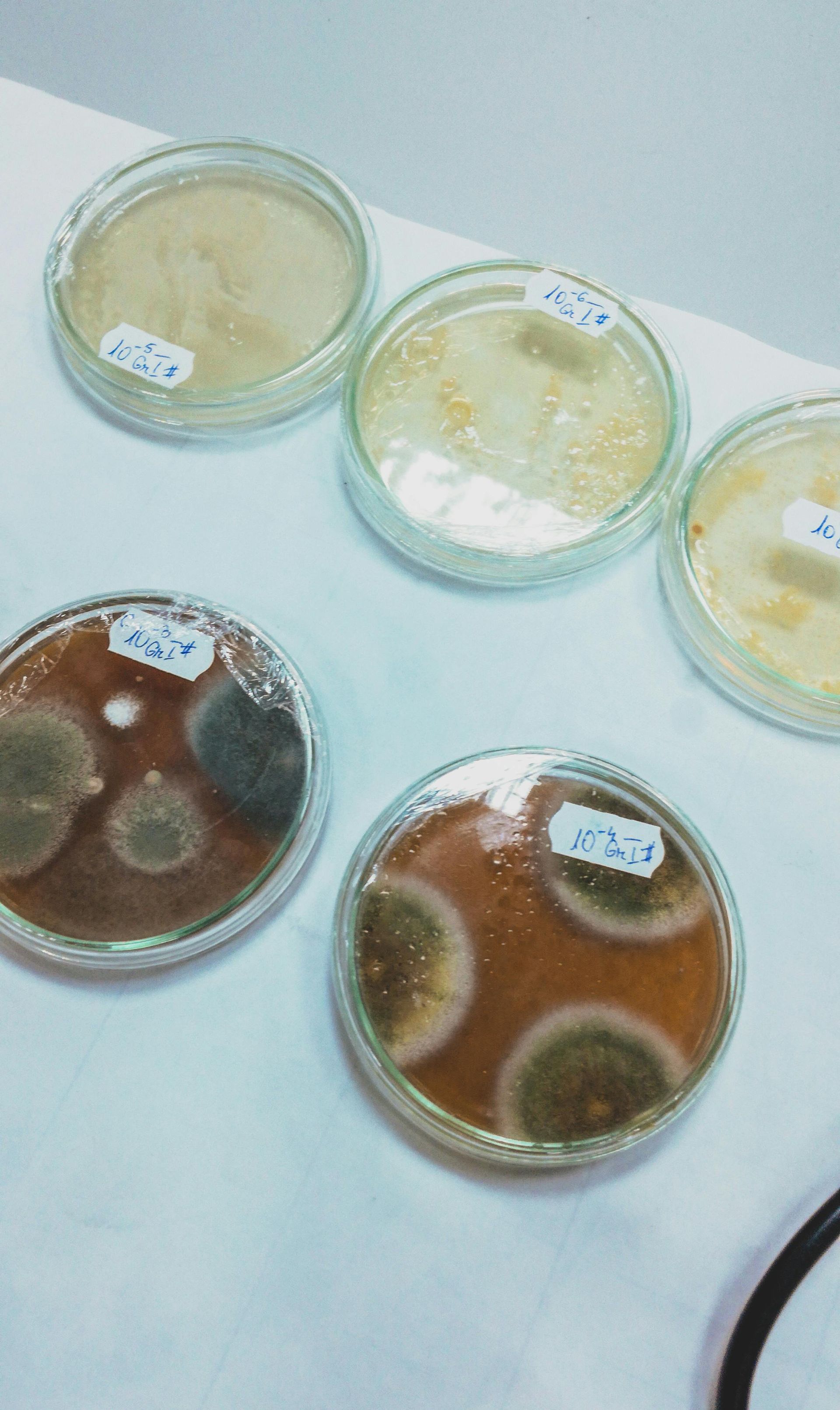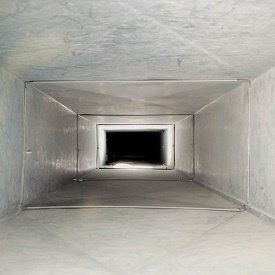Mold Threatens Boston Library Rare Books
PowerBees, a Boston mold testing and mold removal company, strives to educate homeowners and business owners about the potential for mold growth on any organic material exposed to sufficient conditions of warmth and humidity. A recent Boston Globe article discussed an outbreak of mold that occurred at the Main Branch of the Public Library in Copley Square.
The rare books department located at Copley Square unfortunately does not have sealed vaults where the temperature and humidity are controlled separately from the rest of the building. However, the Boston Globe reports that due to the age of the Copley Square Library, no such vault has been created for the rare books department, even though the collection of rare books at the Boston Public Library is regarded as one of the world’s best. The works include those of John Hancock, Samuel Adams, George Washington, Shakespeare, and many other historically significant items.
Mold Problems Spotted
The mold was discovered by a staff member when he went to retrieve the “British Museum Catalogue of Printed Books.” The mold was discovered to have reached a widespread area. The mold was treated initially by the deployment of 10 high-grade dehumidifiers and HEPA vacuums specially designed to capture mold spores. The Boston Public Library was then able to successfully treat the mold outbreak within a few months and re-open the Rare Books department, allowing residents of Boston to continue to view the historic collection located there.
If you are worried about potential mold growth on books or other organic materials in your home, contact our Boston mold removal company for mold testing services so that we can provide you a free estimate for mold remediation services that can keep you and your family safe.



















